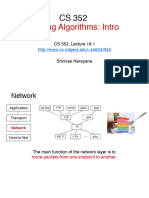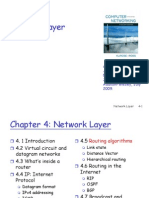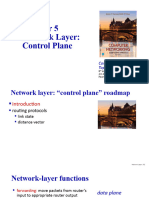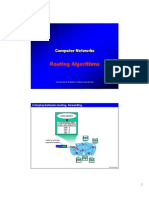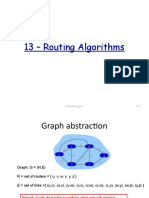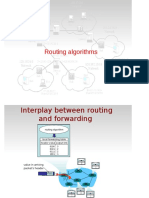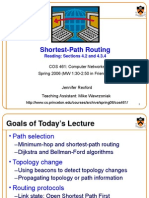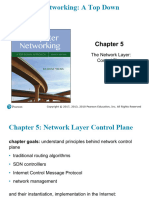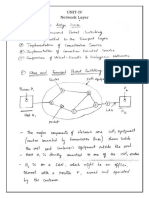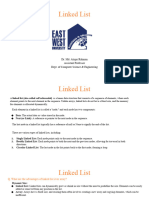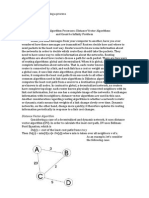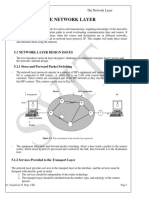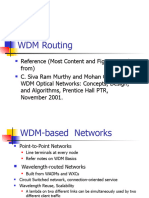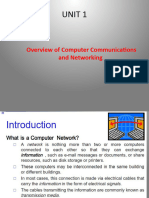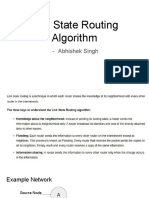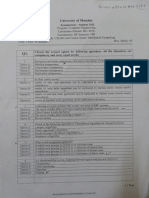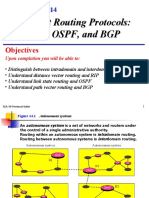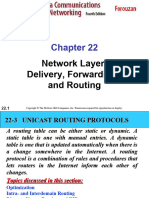0% found this document useful (0 votes)
4 views23 pagesRouting Lecture 1
The document discusses routing protocols in networking, focusing on the distinction between intra-domain and inter-domain routing within autonomous systems. It covers popular algorithms like Dijkstra's and Bellman-Ford, detailing their mechanisms, advantages, and challenges such as oscillations and the count-to-infinity problem. The document emphasizes the importance of determining optimal paths in a network to ensure efficient data transmission.
Uploaded by
sijan4222Copyright
© © All Rights Reserved
We take content rights seriously. If you suspect this is your content, claim it here.
Available Formats
Download as PDF, TXT or read online on Scribd
0% found this document useful (0 votes)
4 views23 pagesRouting Lecture 1
The document discusses routing protocols in networking, focusing on the distinction between intra-domain and inter-domain routing within autonomous systems. It covers popular algorithms like Dijkstra's and Bellman-Ford, detailing their mechanisms, advantages, and challenges such as oscillations and the count-to-infinity problem. The document emphasizes the importance of determining optimal paths in a network to ensure efficient data transmission.
Uploaded by
sijan4222Copyright
© © All Rights Reserved
We take content rights seriously. If you suspect this is your content, claim it here.
Available Formats
Download as PDF, TXT or read online on Scribd
/ 23



